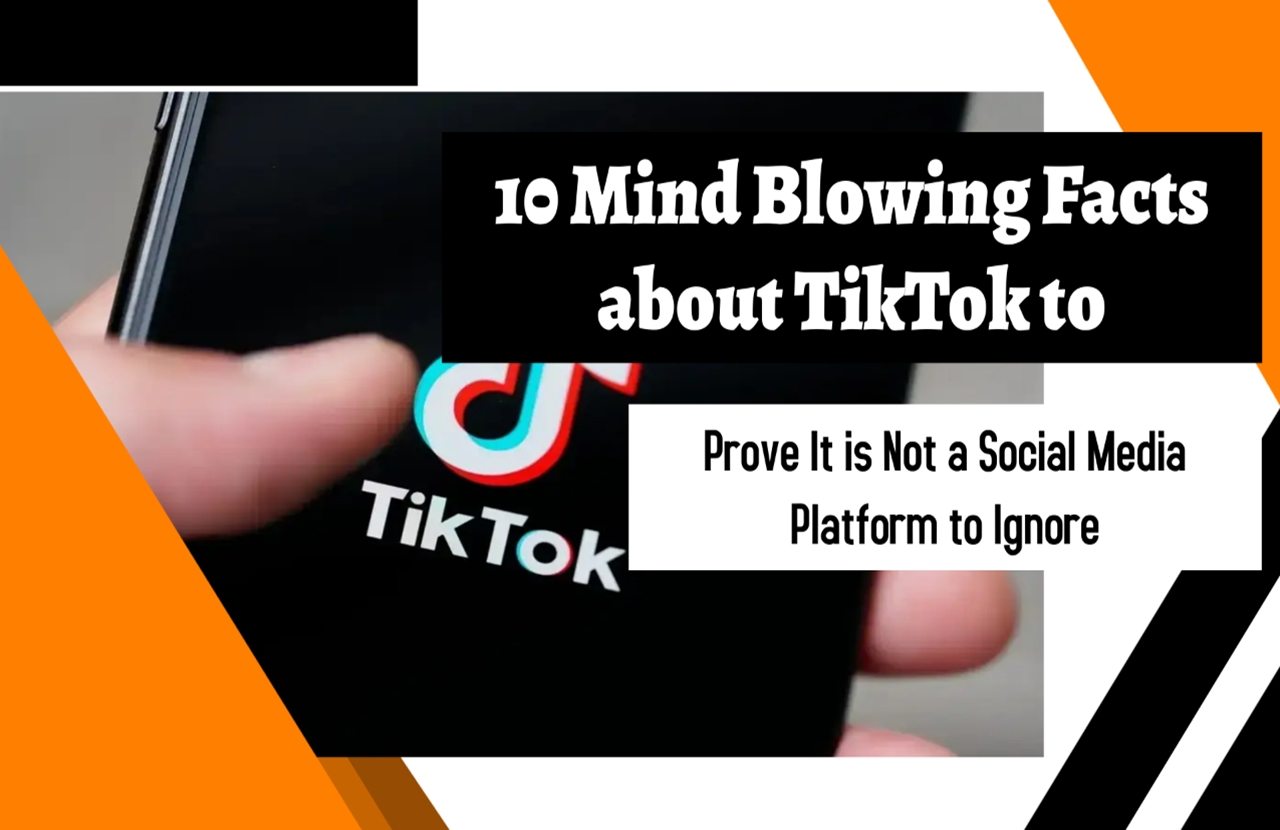
Search Engine Marketing Keywords
Search Engine Marketing (SEM) Keywords
Keywords are the backbone of SEM campaigns. With a proper process of keyword targeting, you will be focusing your ad investments and avoiding wasting money. The dangers moving into SEM without prior preparation and monitoring processes is spending unnecessary investments without fulfilling your objectives and worse still, not even realising it.
What are SEM Keywords?

SEM keywords are words and phrases that describe your product or service. These keywords are words that you think your target customers will use to search for your product or service. These keywords are key in determining when and where your ad will be displayed in search engine results.
In SEM paid search, you pay Google to show your ads when users enter relevant keywords or phrases. Up to 4 PPC ads can be shown at the top of search results. These ads will appear above organic results.
Some keywords may be better than others as they might show more purchase intent. Hence, there are vast differences in the cost-per-click (CPC) when choosing more highly competitive keywords. Businesses have to decide on the right combination of keywords to drive traffic and conversions on their website or landing page.
Researching and Selecting SEM Keywords

Tips for SEM keyword research and selection:
1. Prepare your seed list based on the target model.
A seed list is your initial keyword list. The target model in keyword research is a way of categorising keywords based on the level of interest or intent that they target.
The target model is useful for keyword research because it guides you to come up with search terms that are relevant for users interested in products or services that are similar to yours.
There are six categories in the target model:
- Brand terms – Keywords in this category describe your brand. Those who are already familiar with your brand and search for your brand should be able to find you easily. Brand keywords can provide the best conversion rates for your business, although they might not necessarily give you the highest search or traffic volume.
- Product terms – Product keywords describe what your product is, what it does, or what problems it solves. They are used by those who are looking for solutions to their problem that your business could solve.
- Competitor terms – There are customers who make comparisons between you and your competitors. Make sure you know which are your top competitors and don’t leave competitor terms out during your keyword research.
- Substitute product terms – Some people use words interchangeably. They might search for products that are similar to what you’re offering. For example, someone looking for “windbreaker” might also be searching for a “jacket.” However, take note that these keywords may cost you more since Google’s algorithms do not consider them highly relevant for SEM.
- Complementary product terms – These keywords refer to related products or services that might go well with your own and are used by consumers. For example, if your business sells running shoes, a related product might be water bottles and gym accessories. You might want to consider bidding on these terms as well.
- Audience terms – Here, you could target any other word not covered in the other categories, but which your target audience might be searching for. This requires you to put yourself in your customer’s shoes and what words they would use.
2. Use a keyword research tool to build your list.
After you’re done with your seed list, you should expand it using keyword research tools such as Google Adwords Keyword Planner.
Here are some tips to help you build your list:
- Choose both specific and general keywords – Use specific keywords to zoom in on customers who are interested in a particular product or service. With specific keywords, your ads will only show each time people search for business-specific terms. People who are not looking to buy will not click on your ads since they don’t see it. This is essential to minimise ad spend wastage. The downside with specific keywords is that you have limited audience reach, which is why some people prefer to mix your keyword list with general search terms. However, general keywords are broader in scope, so your ads may be shown even to those who are looking for something outside of what you’re offering. This may result in less qualified leads and a wasted ad spend.
- Sort similar keywords into ad groups – Doing this helps ensure that potential customers will see the most relevant ads. This is because you are grouping certain keywords together to target a particular product, service, or category.For example, you could create two ad groups if you’re selling watches. One ad group might have the search phrase “rings for men,” and the other one has “rings for women.” Customers would then see your ads when they’re trying to shop for watches that they can choose from based on their gender.
Each of your ad groups should contain five to 20 keywords, so think of possible variations in terms and phrases that people are searching for.
3. Filter through your keyword list.

You will gain an advantage if you choose the best keywords for your SEM campaign – the ones that zero in on the intent of searchers. You could refine your list through:
- Keyword category – If you refer back to the target model in keyword research, you might notice that your audience keywords will have the greatest number of keywords compared with the rest of the categories. Refine your list by focusing on the higher-performing categories like brand terms and product terms.
As you’re paying for every click, you should always optimise your keyword selection to include the highest-converting keywords at the lowest possible CPC. For underperforming keywords that might be costing you extra, you may want to eliminate them. This way, you’ll be lowering your customer acquisition cost (CAC) and maximizing the returns from your campaign.
- Match type
Google lets you choose the kind of matching you want to use for your keywords in four different ways:
Use broad match if you want your ads to show up when someone searches using words that include any of your keywords. Anyone who searches for “bicycles” might come across your ad for “bicycle parts”.
Use phrase match if you want your ads to show up when someone types in a search phrase that matches your entire keyword phrase. Your ad for “bicycle repair and service” will be shown to those looking for “Tom’s bicycle repair and service.” Using “quotation marks” on your keywords means you’re aiming for a phrase match.
Use exact match if you want your keywords to be identical word for word to the search phrase. In this case, you need to put your keyword phrase in [square brackets].
Use negative match to exclude your ads from irrelevant searches by adding a minus sign before a keyword that are not related to your business. For example, you could add ‘-water bottles’ to indicate that your “bicycle repair and service” business does not sell water bottles.
Researching and selecting the right keywords form the foundation of your entire SEM strategy. Hence, to avoid wasting money on clicks, it’s integral that you understand which keywords work and which do not.
Your SEM strategy will likely evolve as your campaign progresses. They should consist of a mix of short and long-tail keywords to better target your customers. Keep exploring your options – test your keywords, refine your lists, and create highly relevant variations. The more targeted and specific your keywords are, the better the quality of traffic you can expect from your search ads.
With the wide adoption of search engines, having an online presence and embarking on search engine marketing (SEM) is critical for businesses to be competitive. Most businesses engage digital marketing agencies to help them with the set up, analysis, implementation, monitoring, management and reporting to ensure while they focus on their business operations.
If you like to explore engaging a digital marketing agency for your organisation? Contact us at +65 64431415 or email us at contact@mustardseedigital.com






Leave a comment: